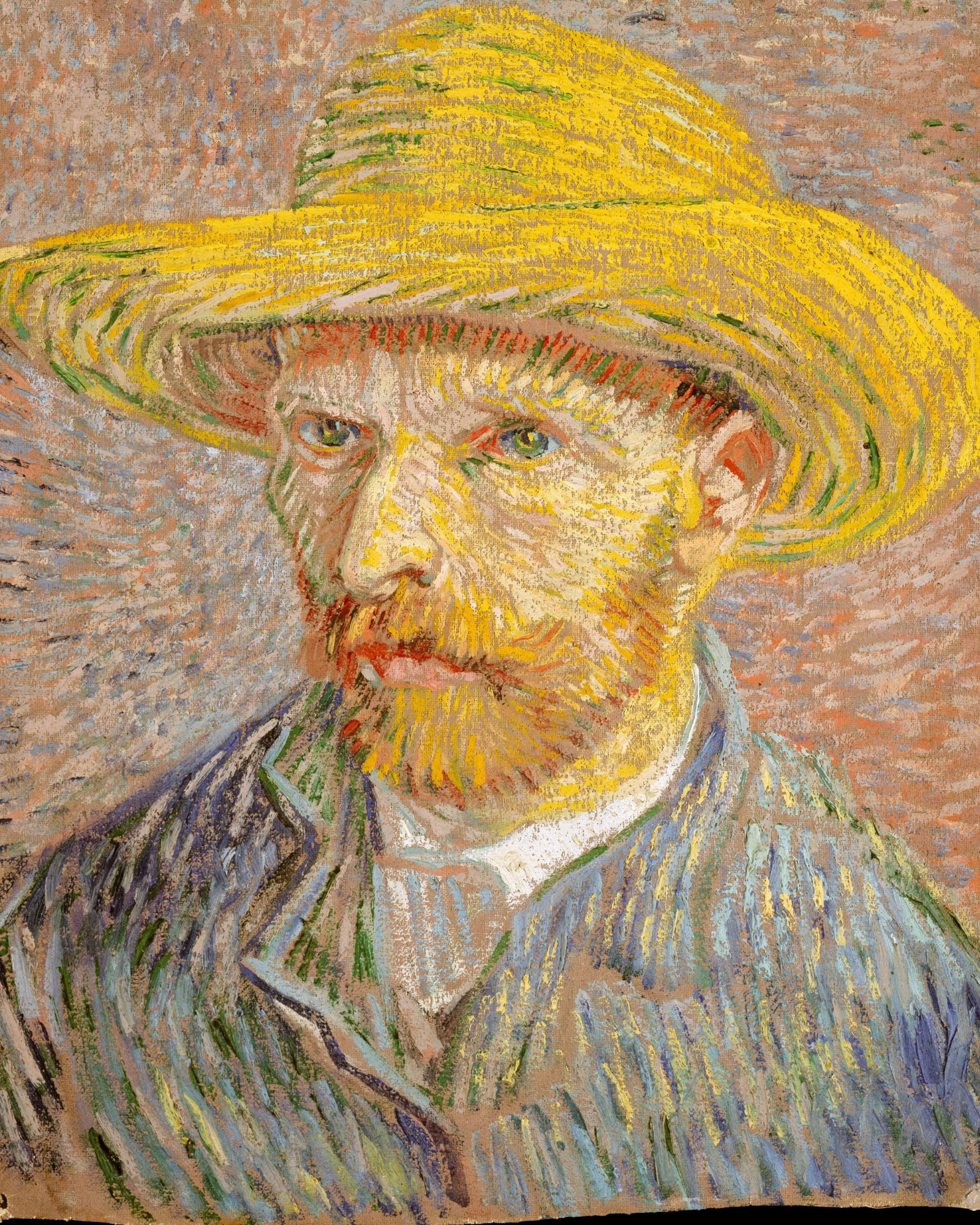Vincent van Gogh: The Painter of Emotions

Vincent van Gogh is one of the most famous artists in history, known for his bold colors, swirling brushstrokes, and paintings filled with emotion. Born on March 30, 1853, in the Netherlands, Van Gogh created over 2,000 artworks during his short life, including some of the most iconic paintings in the world. Despite his talent, Van Gogh faced many struggles and was not widely recognized during his lifetime. Today, he is celebrated as a pioneer of modern art.
A Love for Art from a Young Age
Vincent grew up in a small town in the Netherlands. As a child, he loved nature and often explored the countryside. His family was not wealthy, but Vincent’s father, a pastor, encouraged him to learn and grow. Although Vincent wasn’t interested in school, he enjoyed sketching and reading about art.
As a young man, Van Gogh tried many different jobs, including working in an art gallery, teaching, and even studying to become a pastor. However, none of these careers made him happy. At the age of 27, he decided to focus fully on art, even though he had no formal training.
The Struggles of an Artist
Vincent’s journey as an artist was not easy. He lived a simple and often lonely life, moving between the Netherlands, Belgium, and France. His paintings were bold and different from what most people were used to, so they didn’t sell. Despite these challenges, Van Gogh was passionate about expressing himself through art.
His early works focused on the lives of farmers and workers. One of his most famous early paintings, The Potato Eaters, shows a poor family sharing a simple meal. The painting is dark and somber, reflecting the hardships of their lives.
A World of Color and Emotion
In 1886, Vincent moved to Paris, where he met other artists who were experimenting with new styles. He began using brighter colors and developed his unique style of swirling brushstrokes and thick layers of paint.
In 1888, Van Gogh moved to Arles, a small town in the south of France. Inspired by the sunny landscapes and vibrant colors, he painted some of his most famous works, including The Starry Night, Sunflowers, and The Bedroom. These paintings are full of movement, energy, and emotion. For Vincent, painting was a way to express how he felt about the world around him.
A Troubled Mind
While Vincent’s art was full of life and color, he struggled with his mental health. He often felt lonely and had periods of deep sadness. Despite this, he continued to paint, creating some of his greatest works during his most difficult times.
One of the most famous stories about Van Gogh is how he cut off part of his ear after an argument with his friend and fellow artist, Paul Gauguin. This event showed how much Vincent was struggling. He later admitted himself to a mental hospital, where he painted The Starry Night, a masterpiece filled with swirling skies and glowing stars.
A Life Cut Short
Vincent van Gogh’s life was tragically short. He passed away in 1890 at the age of 37, after struggling with his mental health. During his lifetime, he only sold one painting and was not widely recognized as an artist.
A Legacy of Inspiration
Today, Vincent van Gogh is celebrated as one of the greatest painters of all time. His work has inspired millions of people with its bold colors and powerful emotions. Museums around the world, including the Van Gogh Museum in Amsterdam, showcase his art, drawing visitors from everywhere.
Van Gogh’s story reminds us that even in the face of challenges, creativity can shine through. His ability to turn his emotions into art has made him a symbol of passion, resilience, and the power of self-expression. Through his paintings, Vincent van Gogh showed the world not just how things looked, but how they felt—and that is why his work continues to touch hearts to this day.